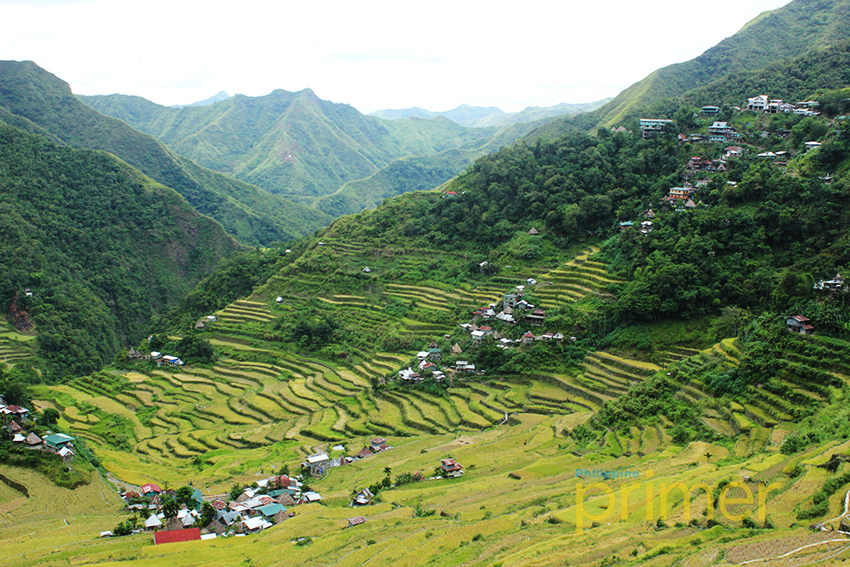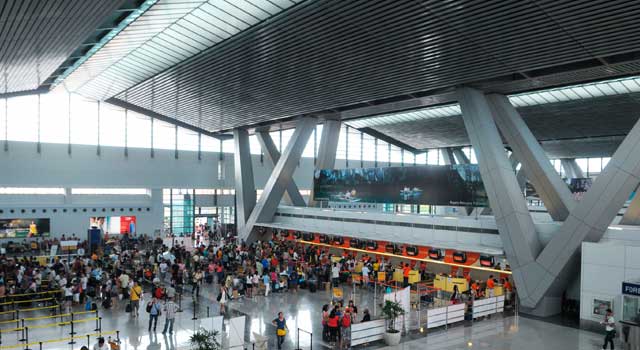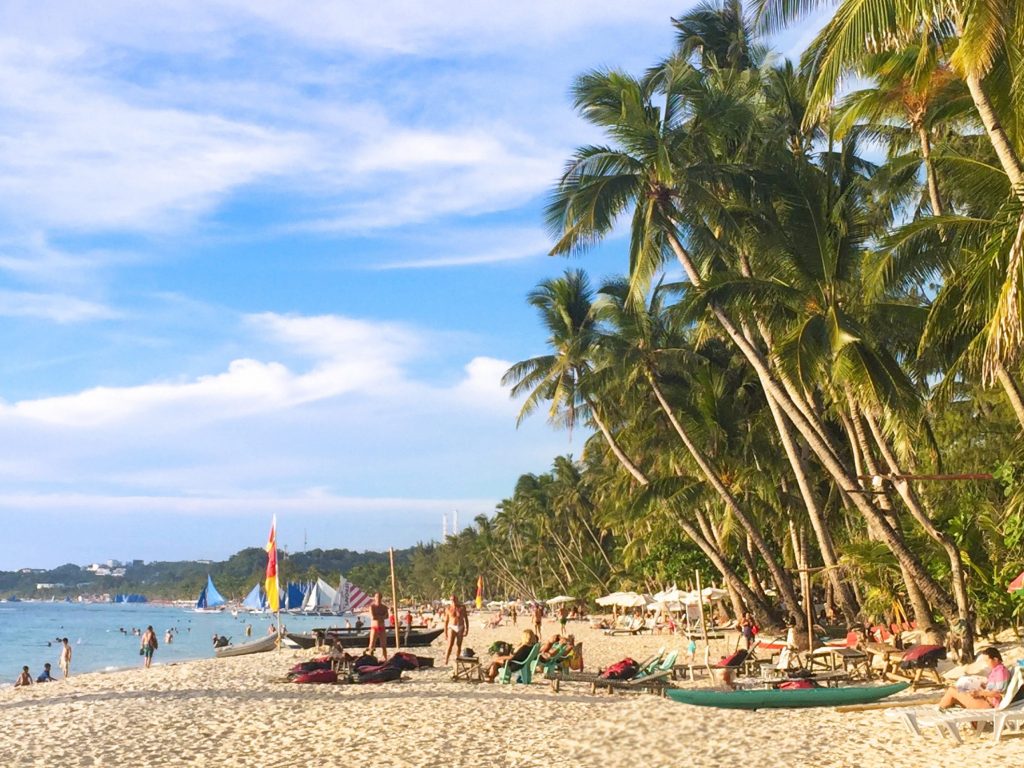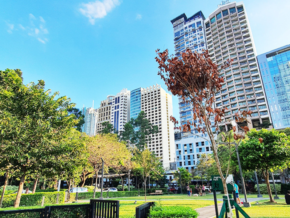Tourism VS. Ecotourism: What’s the Difference?
Tourism is one of the strongest driving forces for the Philippines’ economic growth. Just in January 2018, the Philippines has seen an all-time high of 732,506 tourist arrivals, a 15.97-percent increase compared to January last year.
 PRIMER FILE PHOTO
PRIMER FILE PHOTO
The natural beauty of the Philippine archipelago, with thousands of islands to explore, hardly makes it a challenge to promote tourism in this country. A number of issues, however, come along with the increase in the number of tourists, such as overcrowding, increased pollution, and wildlife destruction. Tourism, apparently, does not always bring a positive impact.
It is important to understand that tourism is not simply about traveling or being a tourist. It has different facets that not only make it a vital economic driver but also potentially a key to environmental conservation and sustainable local livelihood. That is why tourism has branches or so-called “tourism products” that put a focus on the specific characteristics and points of interest of certain destinations. One of which is ecotourism, which is a word that is often confused or used interchangeably with tourism. Are they one and the same? What, really, is the difference? Here, we discuss what these two concepts are all about.
Tourism
The United Nations – World Tourism Organization (UNWTO) defines tourism as “a social, cultural and economic phenomenon which entails the movement of people to countries or places outside their usual environment for personal or business/professional purposes.” Whether you’re traveling internationally or domestically, you are a part of the dynamics of the impacts of tourism to a whole community.
 IMAGE manila-airport.net
IMAGE manila-airport.net
When we talk about tourism, it is often treated as an industry, which means that tourism is strongly linked with economics. It is more of an economic activity rather than a cultural or economic phenomenon. In the Philippines, tourism is greatly focused on the revenues it can bring to the country, which leaves other aspects like the cultural or environmental impacts unchecked. A perfect example of this is Boracay island, which is currently the focus of an ongoing confrontation between the Duterte administration and Boracay LGUs and establishments.
 PRIMER FILE PHOTO
PRIMER FILE PHOTO
Also read: Duterte gives DENR 6 months to “fix Boracay”
In recent years, the issue has brought the government to champion a different kind of tourism which would put more focus on the areas where the tourism industry fell short. It was in 2013 when the Department of Environment and Natural Resources (DENR) took a huge and bold step towards promoting ecotourism in the Philippines.
Ecotourism
The DENR defines ecotourism as “a form of sustainable tourism within a natural and cultural heritage area where community participation, protection and management of natural resources, culture and indigenous knowledge and practices, environmental education and ethics, as well as economic benefits, are fostered and pursued to enrich host communities and satisfy visitors.”
 IMAGE Palaui Island
IMAGE Palaui Island
Ecotourism exists basically to safeguard the natural environment and the local community while giving value to the visitors through an immersive, transformative learning experience. Ecotourism is not only about minimizing the impact of tourism on the environment and the community; it is also about creating a huge impact on the people who visited and immersed in the place.
Unspoiled natural areas and indigenous communities are the primary focus of ecotourism. Some of the notable ecotourism sites in the Philippines are Masinloc in Zambales, Mati in Davao Oriental, and Palaui Island in Cagayan. Government ecotourism campaigns bring forward such fresh destinations not for businesses to start commercializing them or for humans to start exploiting them. The government promotes ecotourism sites to create cultural and environmental awareness and bring livelihood opportunities to the locals themselves. Ecotourists are expected to—in a nutshell—take nothing but memories, leave nothing but footprints.
Also read: A List of the Best Ecotourism Spots in the Philippines
Written by Rizelle “Rei” Leaño
Sources: DENR, UN World Tourism Organization













